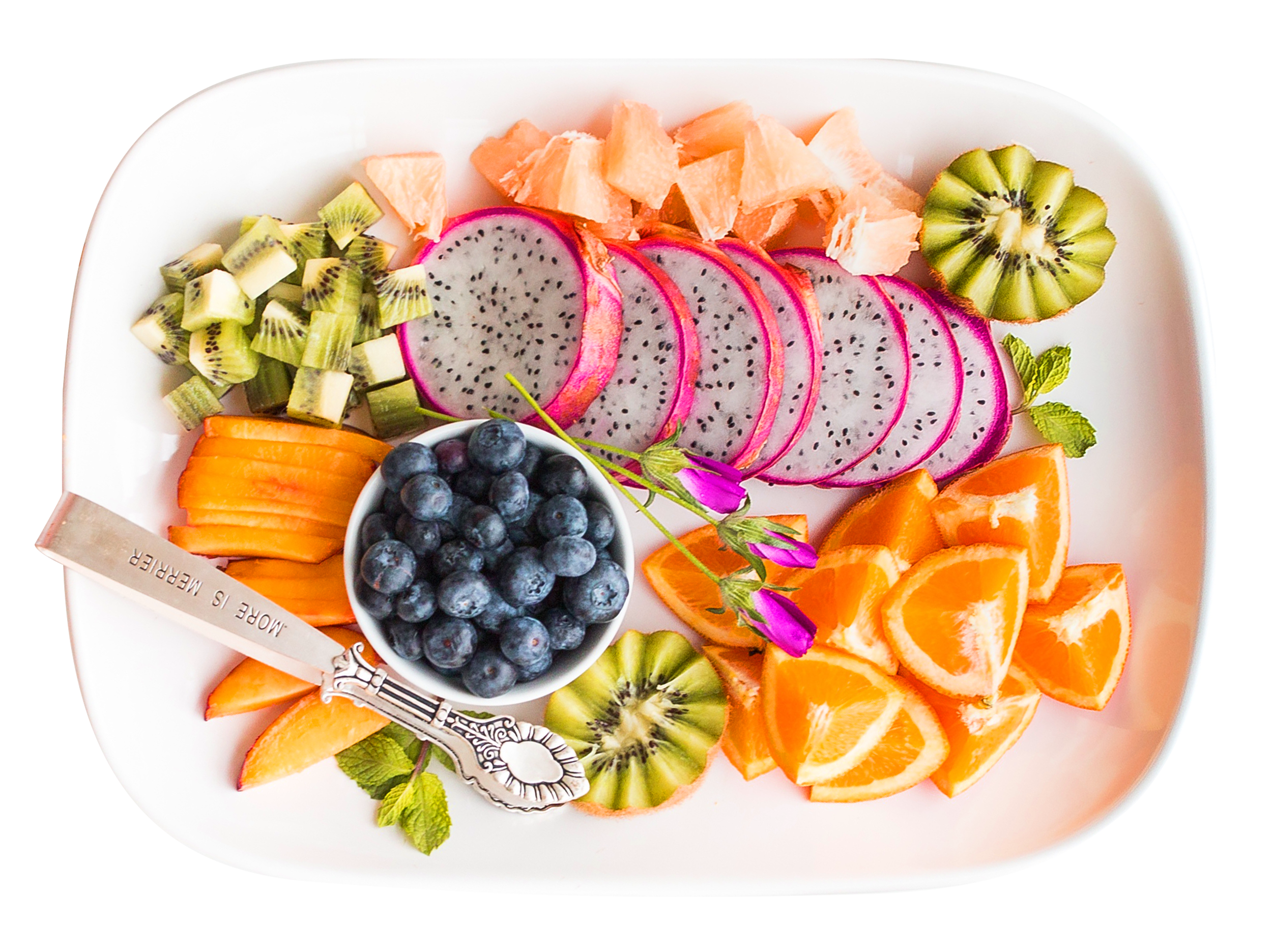Transparency is extremely important to us, so we are letting you know that we may receive a commission on some of links you click on from this page. See our disclaimer.
Food — both a motivating and sustaining source — is central to a well-run workplace wellness program's planning, education, and engagement efforts, among other areas.
As part of this effort, we recently asked whether all plants are equal? We referenced a 2017 study that “sought to examine associations between plant-based diet indices and [coronary heart disease] incidence.”
The study was published in the Journal of the American College of Cardiology and is titled “Healthful and Unhealthful Plant-Based Diets and the Risk of Coronary Heart Disease in U.S. Adults.” It provides important lessons for the diet guidance that can be part of a well-run workplace wellness program.
As the New York Times wrote: “Healthful plant foods like whole grains, fruits and vegetables, nuts and legumes, as well as vegetable oils, coffee and tea, received a positive score, while less-healthful plant foods like juices, sweetened beverages, refined grains, potatoes and fries, and sweets along with animal foods were assigned a negative rating.”
Food Choices
Thinking about food choices before hunger cravings kick in is an important wellness habit. After all, it's too easy to reach for an unhealthy snack in the heat of a hunger moment! But which foods, exactly, should one choose as part of a healthy diet?
UnitedHealthCare offers a useful rundown of healthy choices, many of which are easy to eat in the office — particularly if you plan ahead. Examples:
- “Embrace Plant Foods: Fruits, veggies, and other plant-based foods are rich in vitamins, minerals, fiber, and other substances that may reduce your risk of certain diseases… Including them in a healthy eating pattern may be a key to weight control — helping you avoid type 2 diabetes, heart disease and certain cancers.”
- “Feature More Foods with Fiber: Dietary fiber comes with numerous health benefits, from heart health to weight control. Besides fruit and veggies, beans and whole grains are good sources. To get more fiber, go for whole-grain breads, pastas, and brown or wild rice.”
- “Choose Lean Proteins: Choose lean proteins, such as skinless poultry, fish, eggs, and lean cuts of meat. Vegan? You have good options, too, including unsalted nuts, peanut butter, tofu, and budget-friendly beans.”
- “Trick Yourself into Smaller Portions: These clever portion tips may help you trim calories: Use smaller plates and bowls — and leave large serving dishes off the table.”




0 Comments